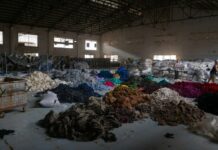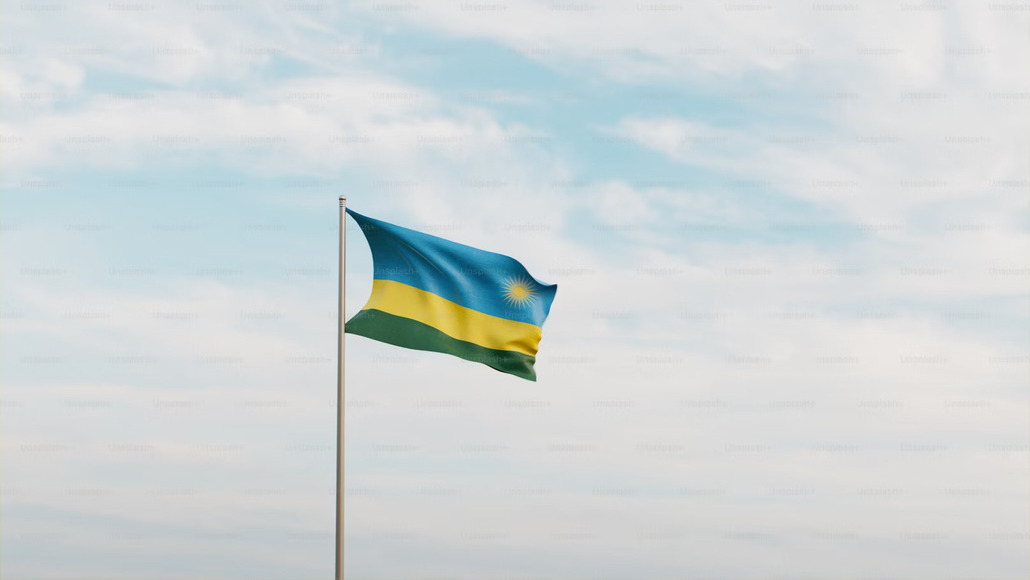Rwandan Prime Minister Edouard Ngirente recently addressed Parliament, revealing the government’s plans to significantly enhance the contribution of the nation’s garment industry to local consumers. Currently, garment factories in Rwanda cater to only 5% of the population.
Ngirente detailed the government’s strategy aimed at expanding industrial production and exports to promote sustainable economic growth as part of the National Strategy for Transformation (NST2), which will be implemented from 2024-2025 through 2028-2029.
The objective is to provide all Rwandans with affordable, locally-made clothing, and the government is making substantial investments in domestic garment factories as part of the Rwanda Garment Industry Expansion, as reported by a local media outlet.
In light of the ban on second-hand clothing, the government is actively promoting private sector investment in the textile and garment industry.
Additionally, efforts are underway to establish a stable market for locally-produced apparel, including public school uniforms, he emphasized.
Ngirente stated that this initiative could result in savings of between Rwf17 billion and Rwf20 billion for the country.
Parliament members posed several questions, including how the government intends to lower production costs to make locally-manufactured clothing more affordable, as well as whether there would be sufficient local raw materials to meet demand.
Ngirente assured that fabric production would be increased, acknowledging the current dependence on imported fabrics for the textile sector. He mentioned that a new project to enhance domestic fabric production would be launched soon as part of the Rwanda Garment Industry Expansion initiative.
A pivotal strategy for reducing the cost of locally-produced garments involves leveraging economies of scale, he added.



































